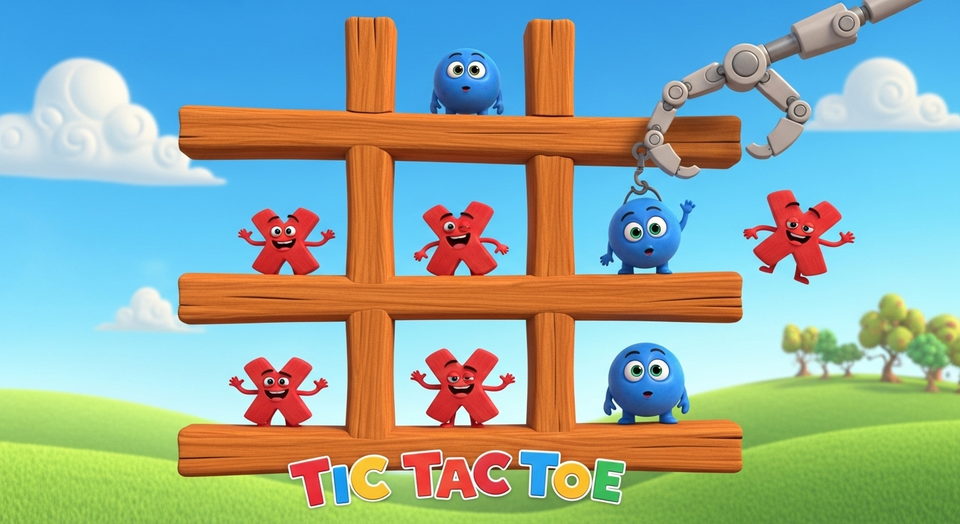Ultimate Noughts and Crosses

Or is that tic tac toe? Whatever you call it, you'd probably prefer to just get started. But the rules are at the bottom of the page if you really want to know.
The rules
Imagine a game of Tic-Tac-Toe, but with a mind-bending twist. Instead of one board, you're playing on a large Tic-Tac-Toe board where each of its nine squares contains a smaller, complete Tic-Tac-Toe board (we'll call these "mini-boards").
The Goal:
Just like regular Tic-Tac-Toe, you want to get three in a row. But here, you're trying to win three mini-boards in a row (horizontally, vertically, or diagonally) on the large board.
How to Play - The Key Differences:
The First Move: The first player (X) can place their mark in any square on any of the nine mini-boards.
Where You Play Next (This is the "Ultimate" part!):
After the first move, where your opponent plays is dictated by your previous move.
Whichever square you choose within a mini-board determines which mini-board your opponent must play in next.
For example:
If you place your X in the top-left square of a mini-board...
...your opponent must then place their O in the top-left mini-board on the large grid.
If you play in the center square of a mini-board, they play in the center mini-board, and so on.
Winning a Mini-Board:
Within each mini-board, the rules are standard Tic-Tac-Toe. Get three of your marks in a row to win that mini-board.
When you win a mini-board, you "claim" that corresponding square on the large board with your mark (a large X or O will usually appear over it). That mini-board is now closed and cannot be played in further.
What if a Mini-Board is Already Won or Tied?
If your opponent's move sends you to a mini-board that has already been won (by you or them) or is tied, good news! You get a "free" move.
This means you can choose to play in any other mini-board that is not yet won or tied.
Tied Mini-Boards: If a mini-board fills up and no one has three in a row, that mini-board is a tie. It's marked as such, and neither player can win it. It still acts as a square on the large board; if you're sent there, you get a free move.
Winning the Game: The first player to win three mini-boards in a row (horizontally, vertically, or diagonally) on the large board wins the entire game!
Strategy Tip: You're not just trying to win the current mini-board you're playing in. You also need to think about which mini-board your move will send your opponent to. Can you send them to a board where you have an advantage, or perhaps to one that's already full to gain a free move yourself?
It sounds more complex than it is – once you play a few turns, the "sending" mechanic will click. Have fun!
